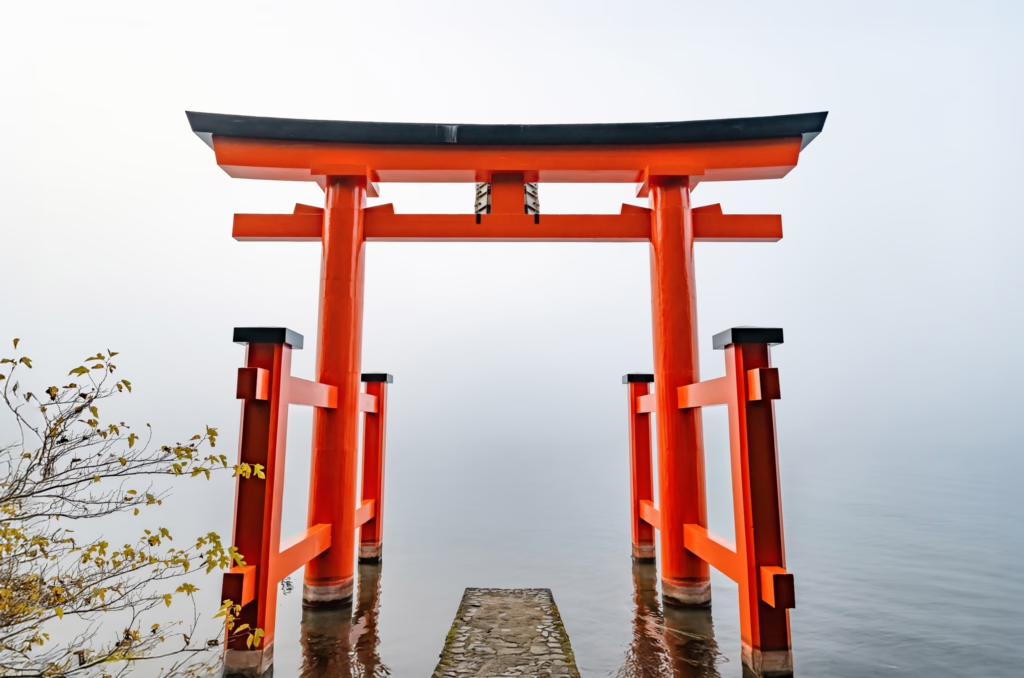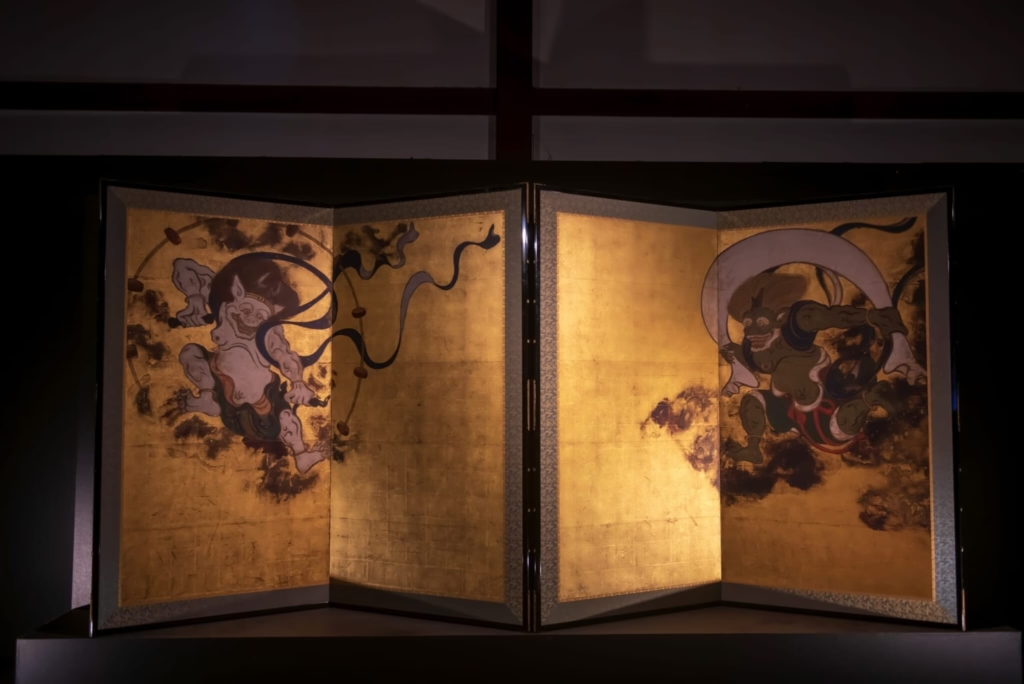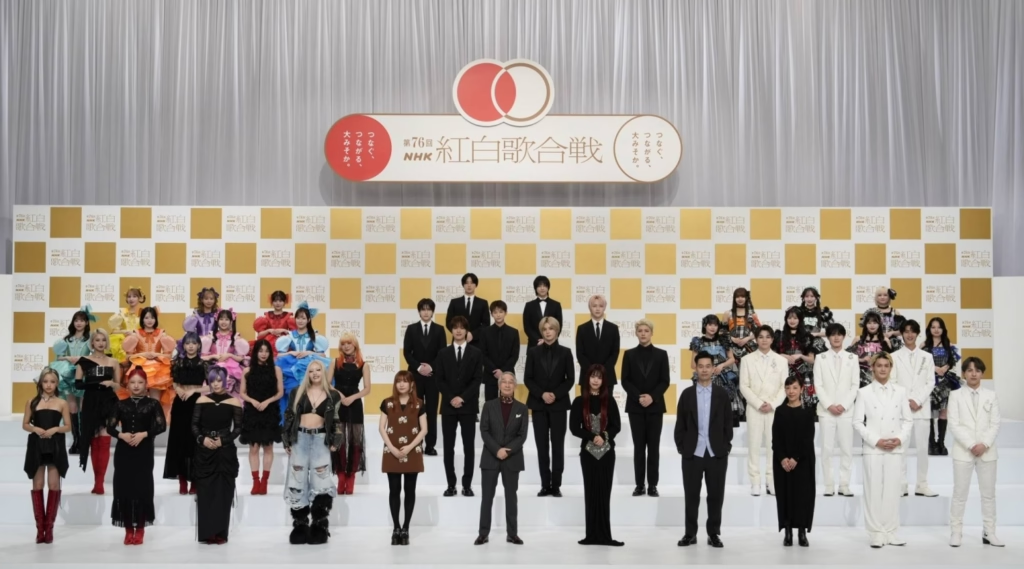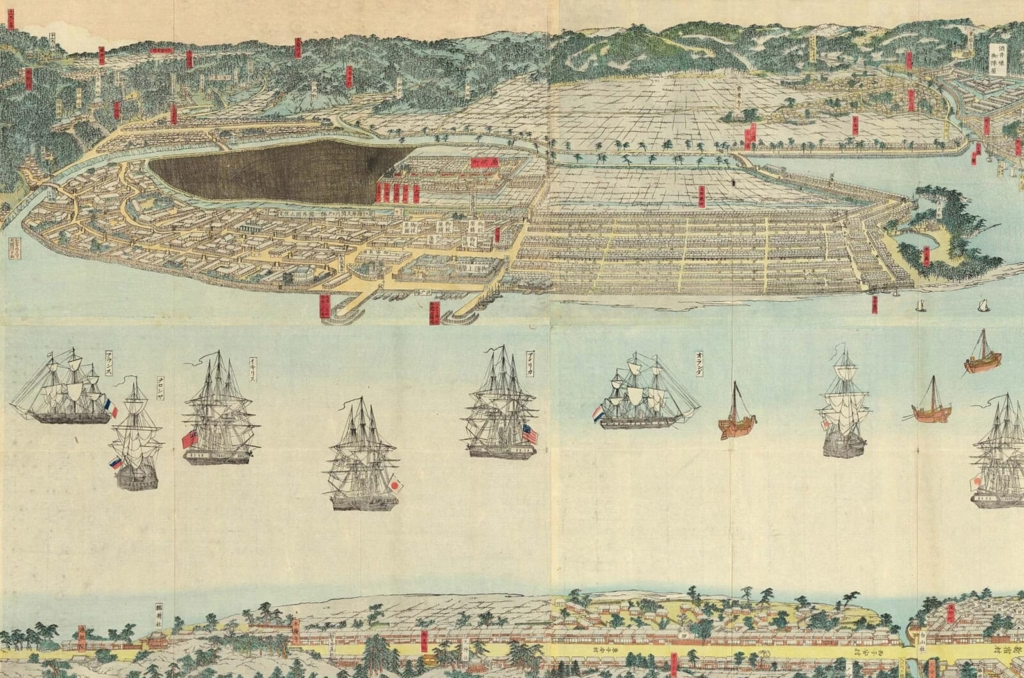One of Japan’s most creative botanical artists

This article appears in Tokyo Weekend, Vol. 3.
To read the full article, click here.
Tokyo does have a forest god who scatters flowers and plants in unexpected places, interweaving them with roadside concrete, sprouting installations in ultra-modern buildings like Tokyu Plaza Ginza and Roppongi Hills, and bringing a touch of nature to fashion events and contemporary art exhibitions. His name is Daisuke Shimura, and his peculiar title is “Flower Collaborator.” He doesn’t just work with artists and creators, though—his primary collaborators are plants themselves, and his work is filled with the unchecked wildness and ethereal beauty of the natural world.
But the road to his current career was not an easy one. Shimura had the experience of scolding flowers, trying again and again, trusting his feelings, and eventually making a name for himself through the power of plants.
BF (before flowers)
Shimura’s father was a florist, and he grew up surrounded by plants, but he himself never thought of working with flowers. As his father ran his own flower business, he knew the pressure of working in the flower industry. “In fact, I hated the flower industry,” Shimura recalled. “My parents could buy me toys, but I didn’t have time to spend with my family.”
He continued: “My dad was always busy and he would only be home once or twice a week at a reasonable time. When I went to friends’ houses, I saw families spending time together like I had never seen before.”
Instead, Shimura worked in the fashion industry for 10 years, trying to stand out in an oversaturated market. In 2007, at the age of 30, Shimura stood at a crossroads in his life, trying to figure out what to do next. Then, fate intervened: His father revoked his driver’s license and required him to drive around and deliver flowers for a few months. During that time, his friends were celebrating birthdays, and Shimura realized he didn’t have enough time to prepare gifts. Using his father’s extra flowers and what he had learned from watching his father for decades, Shimura created an flower arrangement.
This casual act of giving flowers turned out to be a significant moment in Shimura’s life. “She was very happy. I grew up with flowers, but I had no attachment to them. I felt that flowers would wither easily and among all the gifts they gave me, they were not that special to me. But my friends loved flower arrangements and my peers praised my taste. I began to doubt whether I had a talent for flower arrangements,” he said. “That’s when I decided to try flower arranging. I gave myself 10 years to make a name for myself in the industry and joined my father’s company.”
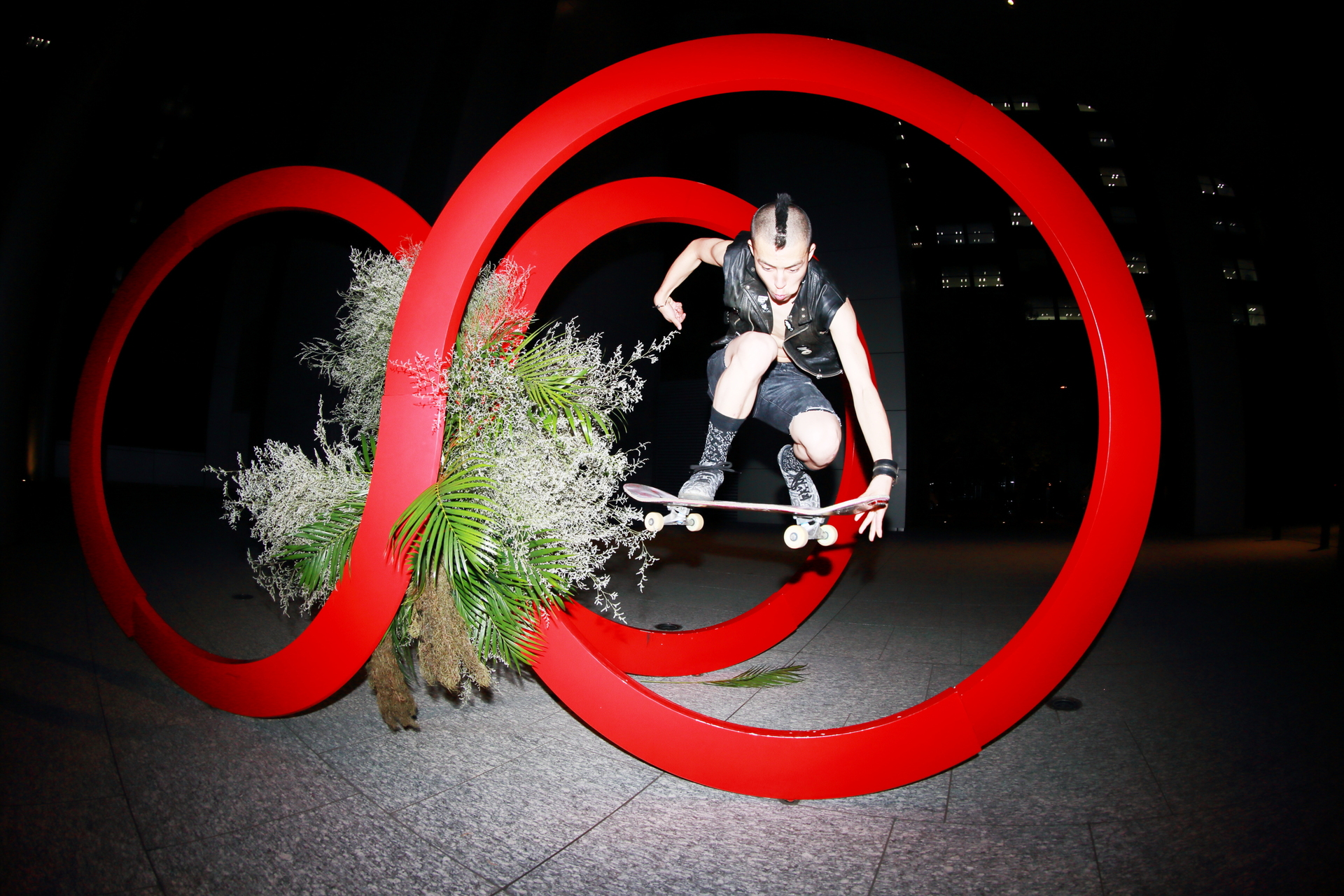

Rose among thorns
In Tokyo, he soon discovered, the flower industry was also very crowded. Japanese culture has a deep reverence for flowers, and the centuries-old art of flower arranging paved the way for a rich tradition of floral art that has continued to flourish over the centuries—from the 15th century, when the first flower arranging school was founded, to today’s modern florists focusing on innovative and avant-garde installations. “You actually have to get a special license to be a master florist, but you don’t need a license to be a florist, so there are a lot of self-proclaimed florists,” Shimura explains.
“At first, I had no job,” he continues. “I would buy the cheapest flowers at the market and wherever I went, I would create an arrangement for the people I met to impress them. I would ask them, ‘Do you have a vase?’ and then create a flower arrangement for them on the spot. It was through these daily efforts that I developed the skills to create arrangements with limited resources.”
Shimura didn’t want to just sell flower arrangements and make bouquets, though. He wanted to make art out of flowers, creating living sculptures to exhibit at events, galleries, and other public places. Over the years, he developed his own refined, understated style that reflects his design philosophy. “My work is designed to connect with people. It adds ambience and comfort without taking away attention. It’s simple, but actually hard to imitate,” he says.
But even as he matured as a flower artist, Shimura began to feel dissatisfied with the title. He felt it didn’t accurately convey the work he was doing. “In 2018, I had my first exhibition, collaborating with a special effects makeup artist named Amazing Jiro,” he recalls. “At that time, I told him that I didn’t like the title ‘flower artist,’ and he thought about it and asked, ‘How about ‘flower collaborator’?’”
Shimura feels that this title is very appropriate. “I have collaborated with many artists and creators, and this title really resonates with me. Since 2019, I have started working under the name of Flower Collaborator.”
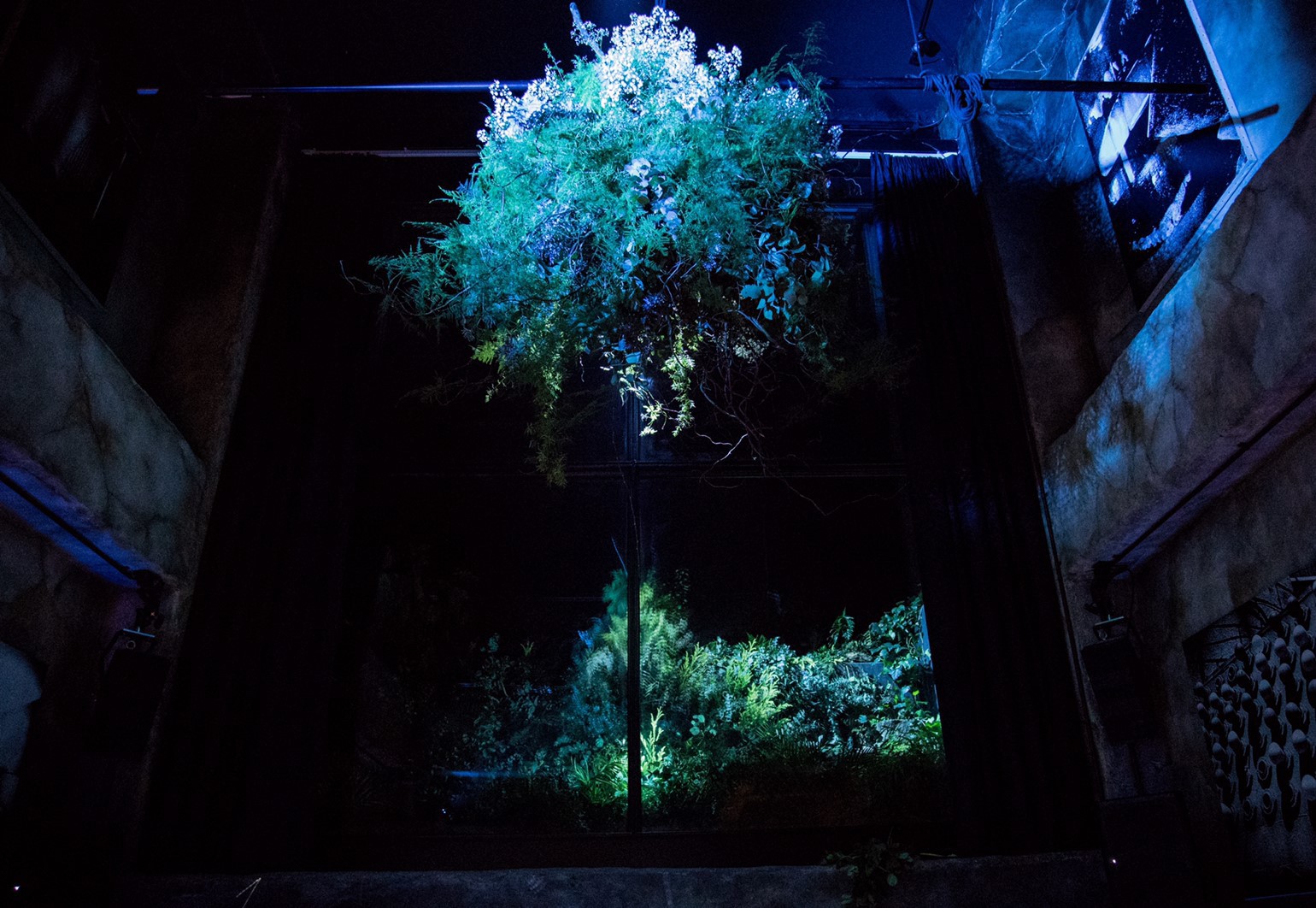

Working together
As a floral collaborator, Shimura works with many people from different life paths, but he is most influenced by the plants he exhibits. “I don’t really think of my art as Japanese or Western. Within the confines of the Earth, I believe that human life and plant life are equal,” he says.
Shimura’s deep respect for nature influences the way he approaches everyday life. “Humans may think we are at the top of the food chain simply because we are intelligent or speak language, but in nature, we would be eaten immediately. Humans will one day become extinct, and nature will return to its original state. Knowing this, I want to enjoy the present moment with the people I love. I want a world where we coexist in balance with nature.”
Shimura sees nature as a balancing factor. “Eastern or Western, I hope people of all backgrounds see my work and think, ‘Oh, this is nice.’”
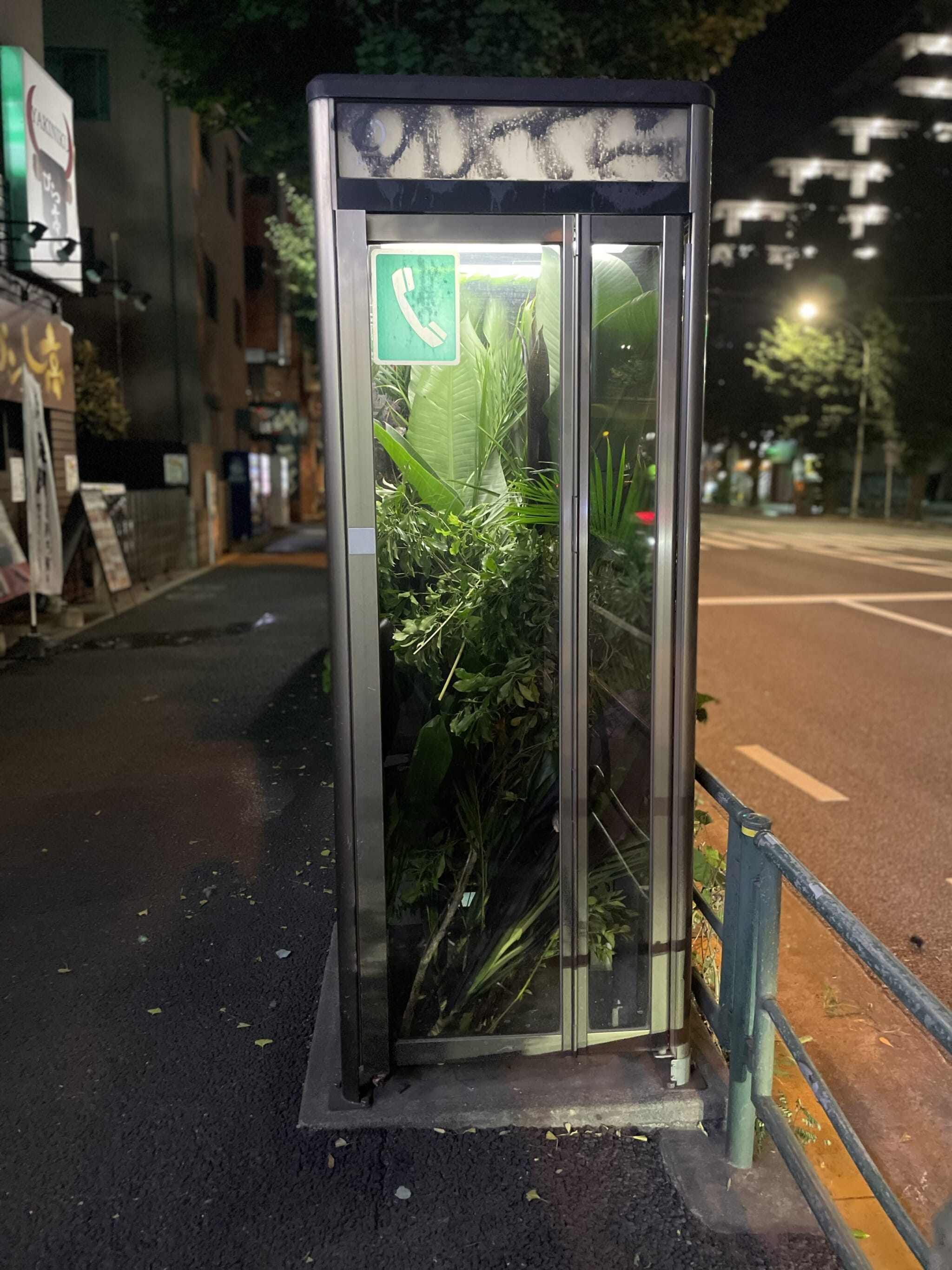

Nature’s Paintbrush
Shimura’s work tends to be less elaborate than many flower arrangements. He posts photos of plant-covered phone booths and metal railings on Instagram with the caption “flower bomb.” In many of his works, Shimura intentionally leaves roots and branches intact, revealing the plant’s entire structure and giving the illusion that it has always been there.
For him, a blank room is his canvas and flowers are his paint. “I love roses, any color,” Shimura said. “There are thousands of different rose colors. When I was a teenager, there was a time when I wanted to be a graffiti artist, but I realized I wasn’t very good at drawing. But I discovered I could paint with roses.”
To expand his floral expressions, Shimura is looking abroad. “I want to create more work overseas. I’m lucky to have connections here, but I want to create something with local plants that people won’t recognize me for,” he said.
“I found that Europeans and Americans reacted more directly, so it was great that they really praised my work publicly. I want to go abroad, share this moment with local people and plants, and make a lot of friends abroad.”
You can find more of Shimura’s work on Instagram @Daisuke.


 Anal Beads
Anal Beads Anal Vibrators
Anal Vibrators Butt Plugs
Butt Plugs Prostate Massagers
Prostate Massagers
 Alien Dildos
Alien Dildos Realistic Dildos
Realistic Dildos
 Kegel Exercisers & Balls
Kegel Exercisers & Balls Classic Vibrating Eggs
Classic Vibrating Eggs Remote Vibrating Eggs
Remote Vibrating Eggs Vibrating Bullets
Vibrating Bullets
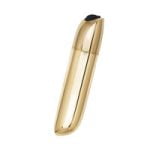 Bullet Vibrators
Bullet Vibrators Classic Vibrators
Classic Vibrators Clitoral Vibrators
Clitoral Vibrators G-Spot Vibrators
G-Spot Vibrators Massage Wand Vibrators
Massage Wand Vibrators Rabbit Vibrators
Rabbit Vibrators Remote Vibrators
Remote Vibrators
 Pocket Stroker & Pussy Masturbators
Pocket Stroker & Pussy Masturbators Vibrating Masturbators
Vibrating Masturbators
 Cock Rings
Cock Rings Penis Pumps
Penis Pumps
 Wearable Vibrators
Wearable Vibrators Blindfolds, Masks & Gags
Blindfolds, Masks & Gags Bondage Kits
Bondage Kits Bondage Wear & Fetish Clothing
Bondage Wear & Fetish Clothing Restraints & Handcuffs
Restraints & Handcuffs Sex Swings
Sex Swings Ticklers, Paddles & Whips
Ticklers, Paddles & Whips






